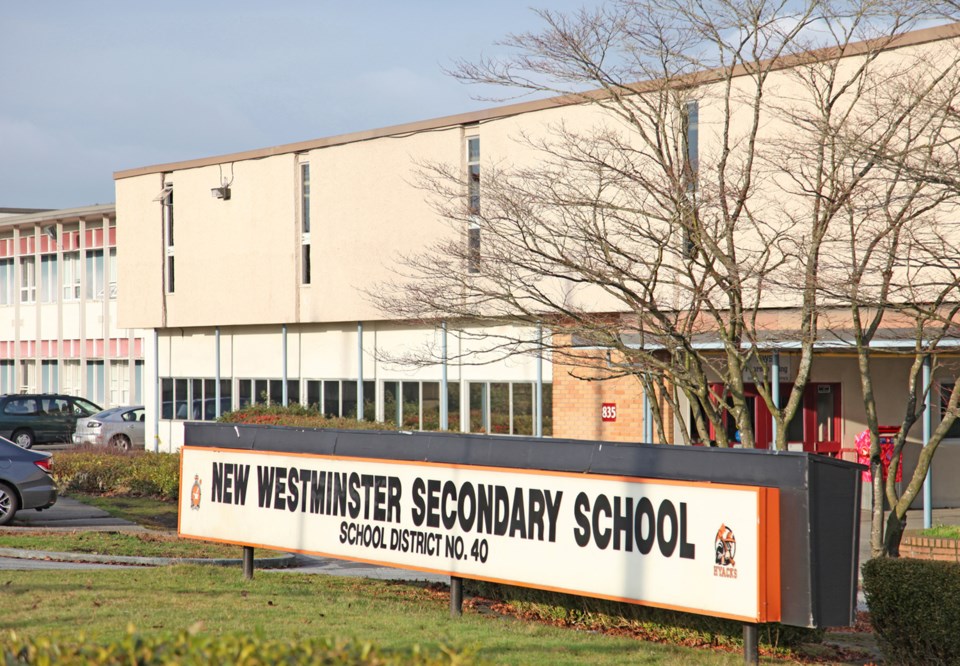A group of First Nations leaders have joined the chorus of voices calling on the province to find a new site for the proposed New Westminster Secondary School replacement project.
The Union of B.C. Indian Chiefs released a statement last week urging the provincial government to find an alternative location for the new high school because its current location is encroaching on burial grounds.
“Any development on this site without adequate consultation to the 19 Indigenous stakeholders would be in direct contravention of the United Nations Declaration on the Rights of Indigenous Peoples, which necessitates the inclusion of those Indigenous stakeholders when determining any actions impacting upon their cultural and historic sites,” stated the Union of B.C. Indian Chiefs in a press release.
This comes only a couple of weeks after Vancouver-based Canadians for Reconciliation Society sent a letter to the school district urging staff to find another location for the high school replacement project.
The Christian-based society, which is a part of the Chinese Christians in Action Society and works to promote reconciliation with Canada’s indigenous peoples and to raise awareness of the histories of minority communities in B.C., believes the Douglas Road Cemetery site should be preserved after the high school is knocked down and turned into a park.
The cemetery, known as the Douglas Road Cemetery, lies roughly under the Pearson wing and was in use from the 1860s to 1919. Reports commissioned by the New Westminster school district describe the cemetery as extending south from 10th Avenue to Dublin Street along Eighth Street for a total of about 14 acres. Among the buried were patients from Essondale (now known as Riverview), the poor, prisoners and stillborn babies.
The cemetery was also used by Chinese, Sikh and First Nations people. Eight years ago, it was revealed that Tsilhqot’in Chief Ahan might have been buried at the Douglas Road Cemetery after he was executed in 1865 in New Westminster. This was later disproven in a study that showed the chief was actually more likely to have been buried at a site near the old courthouse.
In an emailed statement to the Record, New Westminster school district superintendent Pat Duncan said the district has worked hard to develop the high school replacement proposal.
“The New Westminster School District has undertaken significant work to ensure that we have an accurate understanding of the site risks, and have proposed a school layout that minimizes the potential of those risks while also respecting the historic use,” he noted.
Duncan said the district is also committed to working with stakeholders, including First Nations groups, and once the project is approved by the province, the district will be contacting “stakeholders to request participation on a stakeholders’ advisory committee.”
The Ministry of Education echoed the district’s comments, adding it will be reaching out to stakeholders on how to best memorialize the cemetery as part of the project.
The province also confirmed it looked at other sites but “given size requirements, the lack of other suitable pieces of property, and having the city’s recreation facilities (ice rink and track) located nearby, the current site is the only viable option,” according to a statement emailed to the Record.
Any plans for a new school would focus on parts of the school site that are away from burial sites and “all work will be done under the supervision of an archeologist,” according to the ministry.
Despite this, there’s still no word on when the project will get the green light.
The project is a top priority for the Ministry of Education, and the province is working closely with the district to move forward on it as quickly as possible.
“We are in the process of doing a final detailed review in order to make a final funding decision,” according to the ministry.
The Union of B.C. Indians Chiefs was unavailable for further comment.



